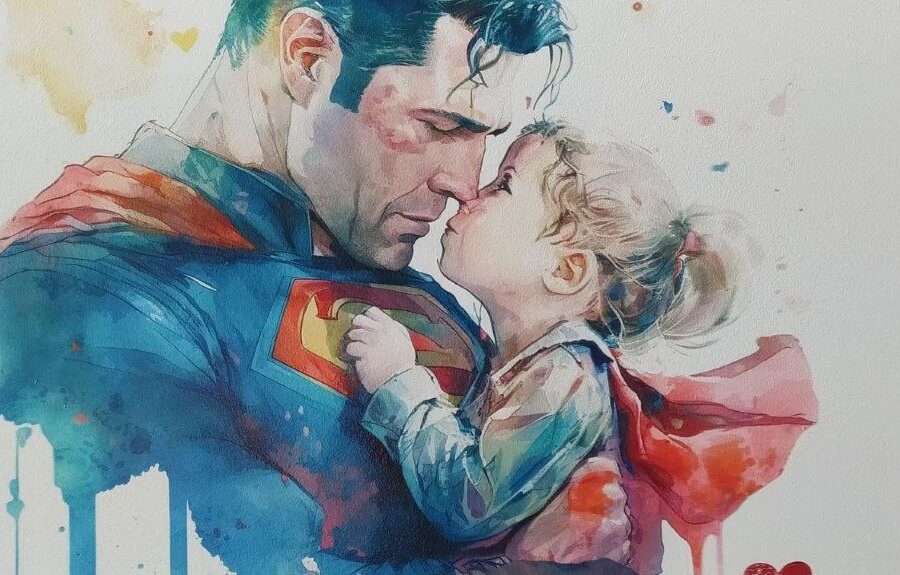How did we arrive at vertical printing? What seemed futuristic yesterday is already reality today. Technological progress has confirmed to us on several occasions how true this phrase is. And printing bears witness to this.
From offset to digital printing
For decades, the dominant principle of traditional printing was that water and ink did not mix in the printing process. Before digital printing, offset printing was used. For each print, a plate is prepared in this system to attract ink and repel water in the area of the image to be printed; in the contours, of course, the opposite process takes place. The image is then transferred from the cylinder of the plate to another cylinder (called a blancket), which in turn transfers the image to the print media. Even the less experienced can see that several steps are involved.
On a procedural level, without getting too technical, the main innovation of digital printing is essentially to print directly from the file onto the substrate thanks to some ad hoc programmes, RIP CDs, which are able to communicate with the printer to transfer commands to it.
From digital to vertical printing: evolution comes when the time is ripe
Digital printing took about 20 years to achieve its deserved success on a large scale. Born in the 1970s ‘for the few’, it only really spread in the 1990s, when it became possible to print in colour. In fact, digital printing found its fertile ground especially in advertising. It is an incredibly flexible tool and adapts to any material. Among other things, digital printing has the not inconsiderable advantage of being able to make last-minute changes. In addition, it allows printing costs to be kept down, even in colour and for small volumes. All ingredients that have contributed to its success.
From digital to wall printing: the limit is infinity
There is one thing that offset and digital printing have in common: ‘direction’. You print horizontally, on a flat surface. The next step in the evolution of printing is therefore easily identifiable in vertical printing. Printing directly on the wall, indeed on any kind of wall. It is now possible. In fact, vertical printing makes it possible to reproduce images, drawings, writing and anything else directly on the wall. And this of whatever material it is made of. Vertical printing is resistant to atmospheric agents and therefore particularly suitable for outdoor use. Another step towards technological evolution. And obviously we at Copygraf could not stand by and watch. CopygrafWallPrint has an ambitious goal in Italy: to create a network of partners to make vertical printing accessible to everyone from north to south.
We train personnel to create experts in vertical printing all over Italy. And do you want to stay on the wall or are you curious to know more?




